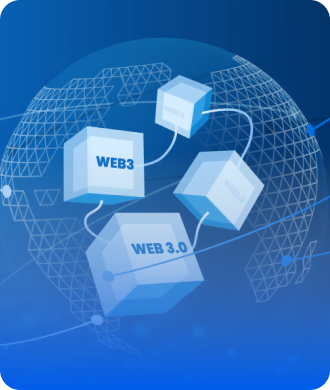
The Ethereum blockchain has become a hotbed of innovation and continues to push the boundaries of decentralized finance and digital assets. Among the many Ethereum ERC (Request for Comments) standards, ERC-404 stands out as an experimental token standard that aims to revolutionize token economics and smart contract functionality.
Understanding ERC-404, often referred to as the “experimental token standard,” is a departure from traditional token standards such as ERC-20 and ERC-721. ERC-20 tokens are fungible and ERC-721 tokens are non-fungible, but ERC-404 introduces a new concept called semi-fungibility.
Incompatibility
A New Paradigm The semi-fungible concept combines elements of fungible tokens and non-fungible tokens (NFTs) to offer a unique value proposition. Basically, semi-fungible tokens allow certain units within a token to be fungible while maintaining other characteristics.
Key features of ERC-404 Fractional Ownership: ERC-404 tokens allow fractional ownership of digital assets. Unlike ERC-20 tokens, where each token is identical, ERC-404 tokens can represent fractional ownership of a unique asset, such as real estate or a work of art.
Dynamic Properties
Another notable feature of ERC-404 is its ability to include dynamic properties. This means that certain properties of the token, such as voting rights or revenue-sharing mechanisms, can change over time according to predetermined conditions.
Enhanced Interoperability: ERC-404 tokens are designed to improve interoperability between different token standards. ERC-404 enables seamless integration with existing DeFi protocols and decentralized exchanges (DEXs) by introducing a standardized interface for semi-fungible tokens. Potential Use Cases The versatility of ERC-404 opens many potential use cases across a variety of industries.
Fractional Ownership: ERC-404 tokens have the potential to revolutionize the real estate market by providing fractional ownership of real estate, allowing investors to diversify their portfolios through small investments.
Collectibles and Gaming: In the digital collectibles and gaming space, semi-fungible tokens open new opportunities to create unique in-game assets with customizable properties.
Supply Chain Management: Using ERC-404 tokens, businesses can track and manage ownership across complex supply chains, increasing transparency and traceability.
Challenges and Opportunities
Although ERC-404 presents exciting opportunities, there are several issues and considerations that must be addressed. standardization. Given the experimental nature of ERC-404, it lacks widespread adoption and standardized implementation. Developers must proceed with caution and thoroughly test their implementations to ensure compatibility and security. Compliance. As with all token standards, compliance remains a critical factor.
Projects using ERC-404 tokens must navigate the legal framework to comply with relevant regulations. Scalability. The scalability of semi-fungible tokens, especially in high-throughput applications, is an area that requires further research and optimization. The future of ERC-404 Despite these issues, ERC-404 represents an exciting milestone in the evolution of token standards on the Ethereum blockchain. As developers continue to experiment and improve the standard, ERC-404 could open new aspects of tokenization, paving the way for innovative use cases and decentralized applications (DApps).
Conclusion
In conclusion, ERC-404 embodies the spirit of experimentation and innovation that defines the Ethereum ecosystem. The road may be full of challenges, but the promise of semi-fungible tokens opens the door to unprecedented opportunities in the world of decentralized finance and digital assets.



